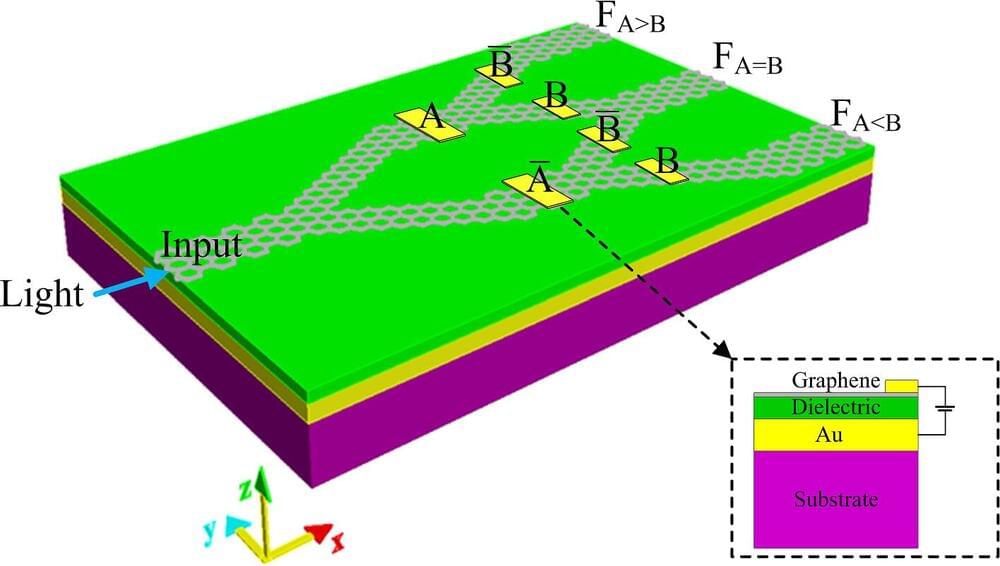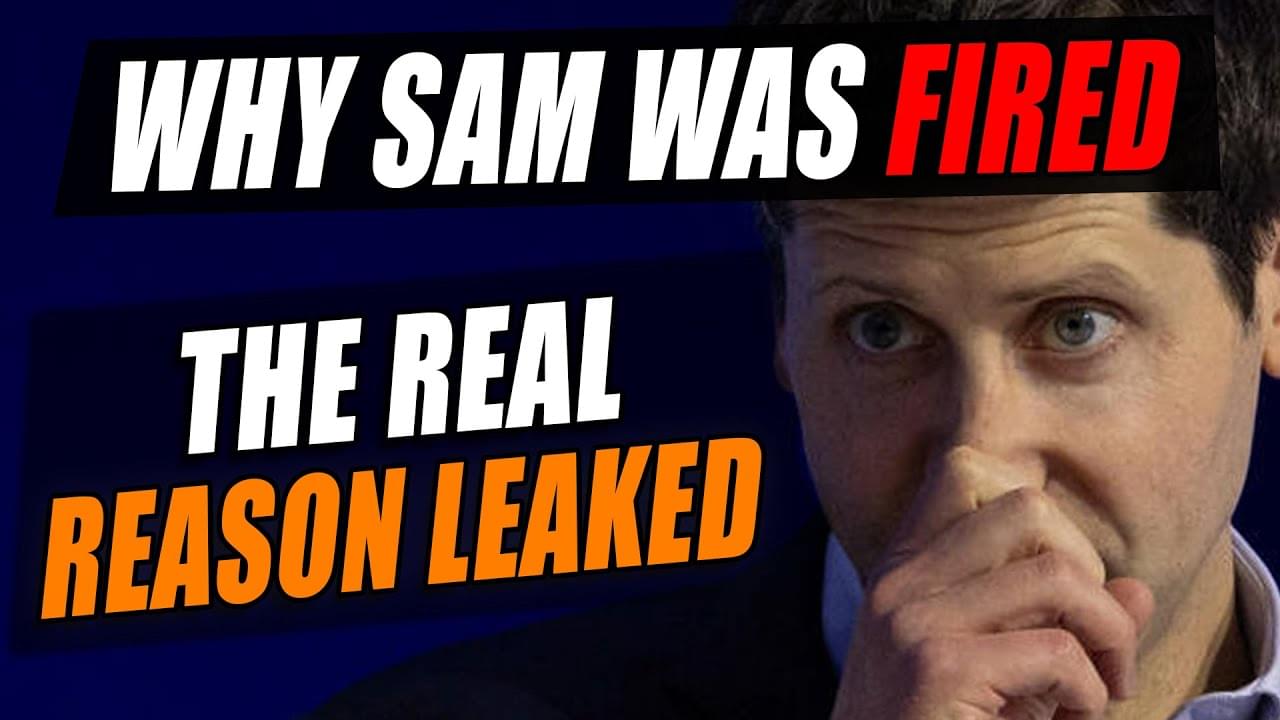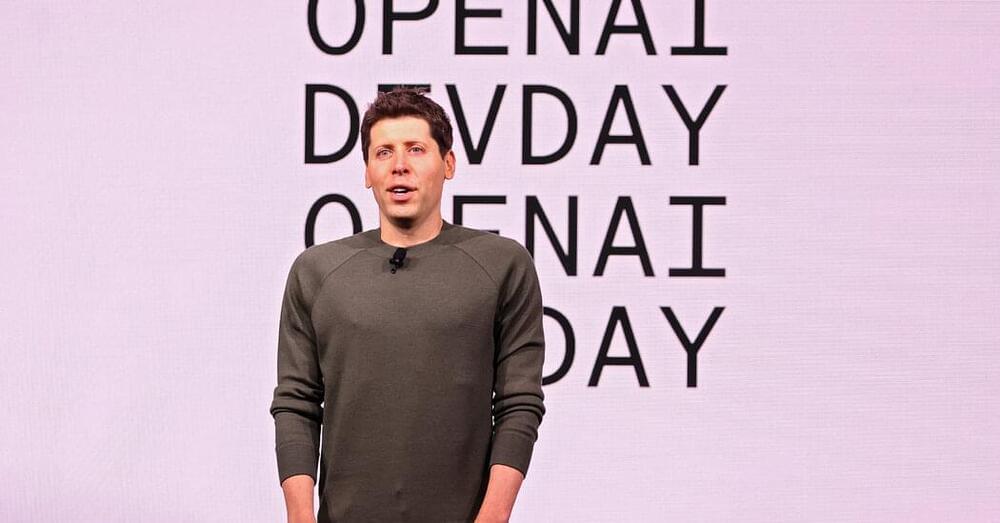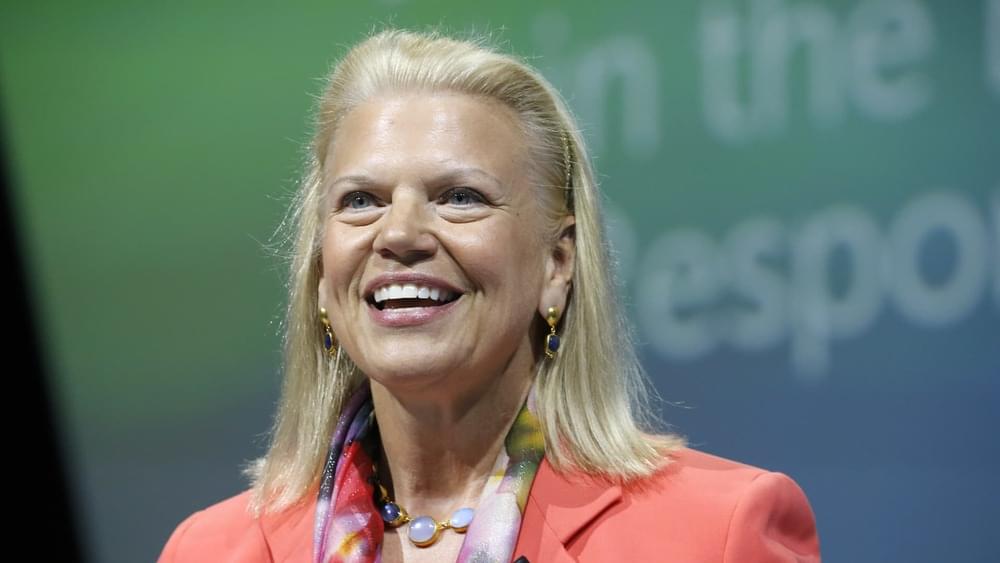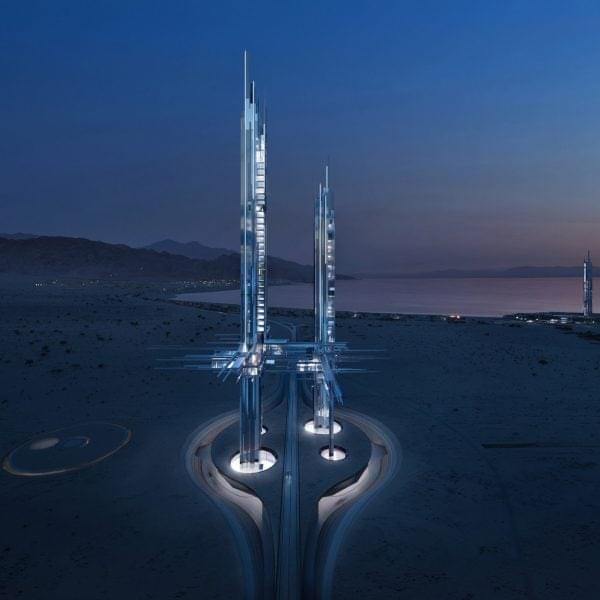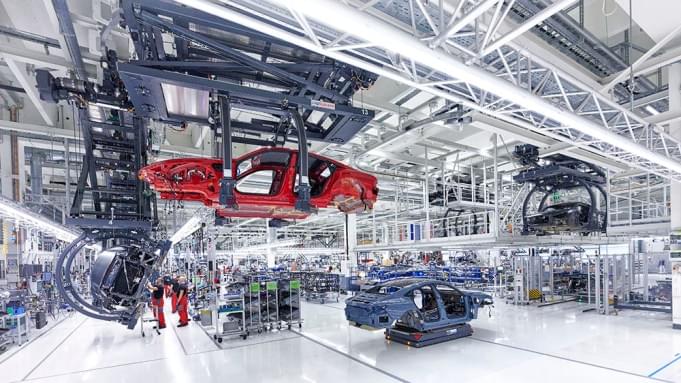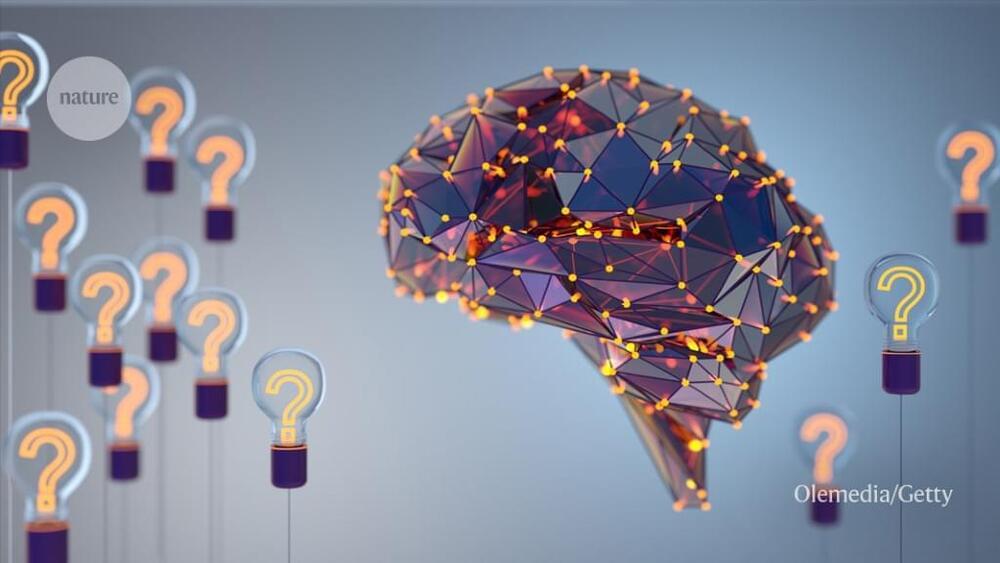Research into artificial intelligence (AI) network computing has made significant progress in recent years but has so far been held back by the limitations of logic gates in conventional computer chips. Through new research published in The European Physical Journal D, a team led by Aijin Zhu at Guilin University of Electronic Technology, China, introduced a graphene-based optical logic gate, which addresses many of these challenges.
The design could lead to a new generation of computer chips that consume less energy while reaching higher computing speeds and efficiencies. This could, in turn, pave the way for the use of AI in computer networks to automate tasks and improve decision-making—leading to enhanced performance, security, and functionality.
There are many advantages to microchips whose component logic gates exchange signals using light instead of electrical current. However, current designs are often bulky, somewhat unstable, and vulnerable to information loss.
